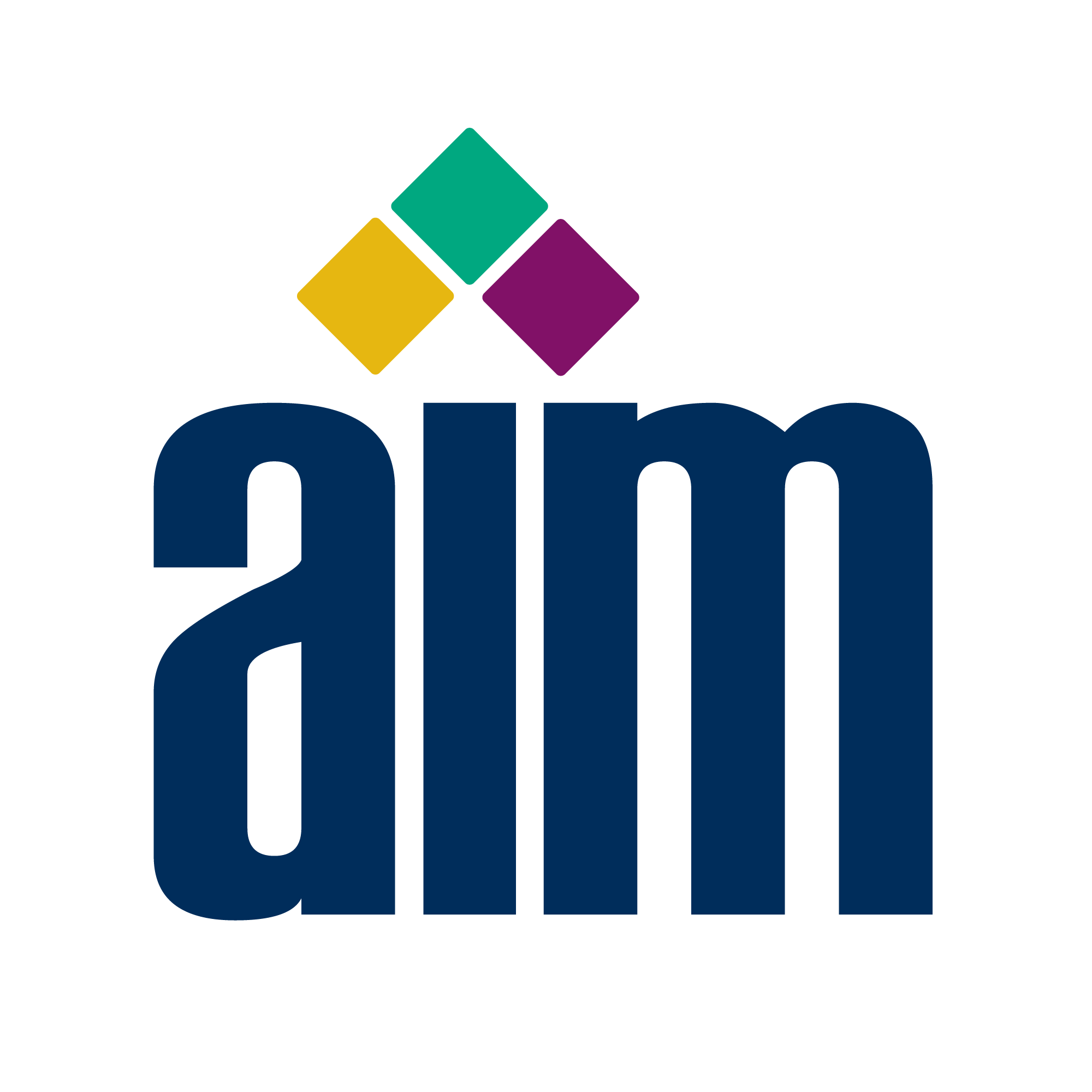AIM's Outlook and Predictions
At AIM Global, we are dedicated to advancing the field of automated data capture through innovation, education, and community engagement. Our vision is to create a world where technology seamlessly integrates into everyday life, making processes more efficient and data more accessible. Join us as we lead the way in setting standards and fostering collaboration across the industry.
